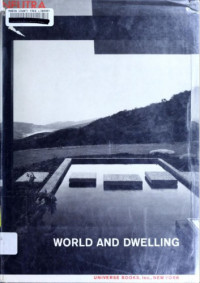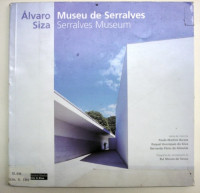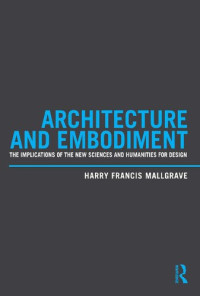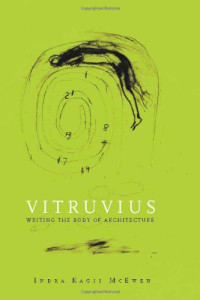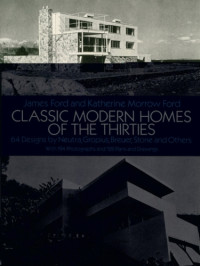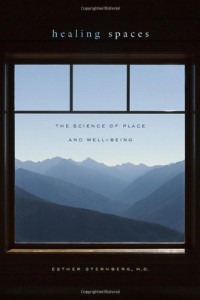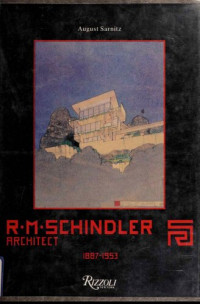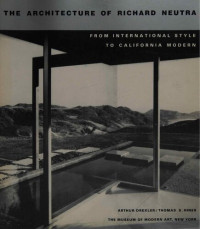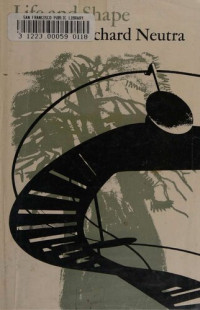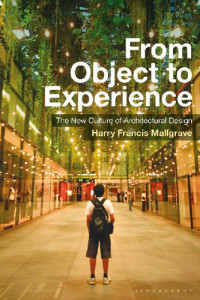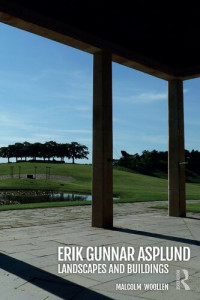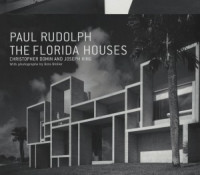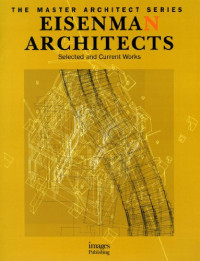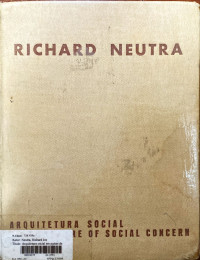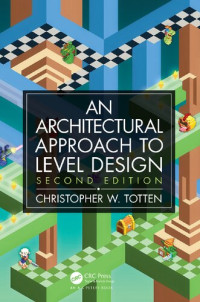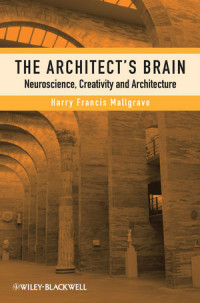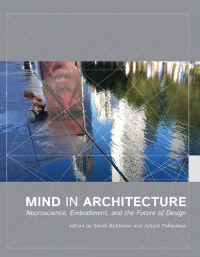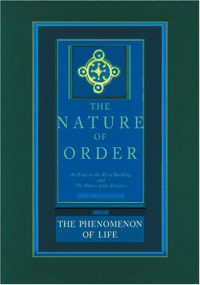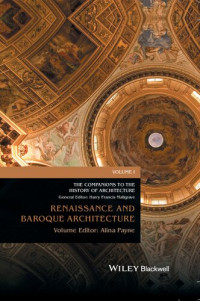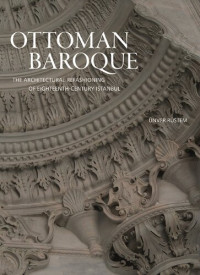
Survival Through Design
Richard Joseph NeutraHe was known for the attention he gave to defining the real needs of his clients, regardless of the size of the project, in contrast to other architects eager to impose their artistic vision on a client. Neutra sometimes used detailed questionnaires to discover his client's needs, much to their surprise. His domestic architecture was a blend of art, landscape, and practical comfort.
In a 1947 article for the Los Angeles Times, "The Changing House," Neutra emphasizes the "ready-for-anything" plan – stressing an open, multifunctional plan for living spaces that are flexible, adaptable and easily modified for any type of life or event.
Neutra had a sharp sense of irony. In his autobiography, Life and Shape, he included a playful anecdote about an anonymous movie producer-client who electrified the moat around the house that Neutra designed for him and had his Persian butler fish out the bodies in the morning and dispose of them in a specially designed incinerator. This was a much-embellished account of an actual client, Josef von Sternberg, who indeed had a moated house but not an electrified one.
The novelist/philosopher Ayn Rand was the second owner of the Von Sternberg House in the San Fernando Valley (now destroyed). A photo of Neutra and Rand at the home was taken by Julius Shulman.
Neutra's early watercolors and drawings, most of them of places he traveled (particularly his trips to the Balkans in WWI) and portrait sketches, showed influence from artists such as Gustav Klimt, Egon Schiele etc. Neutra's sister Josefine, who could draw, is cited as developing Neutra's inclination towards drawing.
 Amazon
Amazon  Barnes & Noble
Barnes & Noble  Bookshop.org
Bookshop.org  转换文件
转换文件 更多搜索结果
更多搜索结果 其他特权
其他特权 
